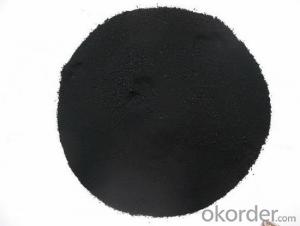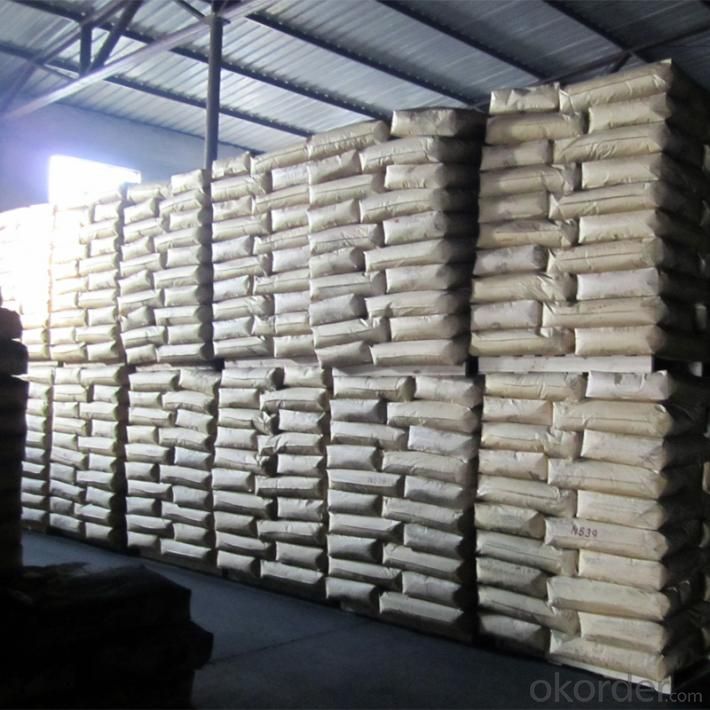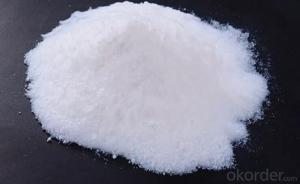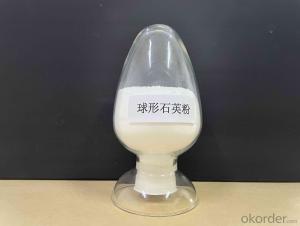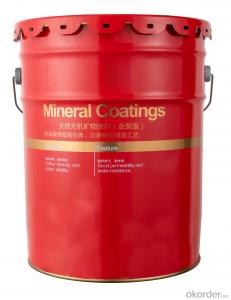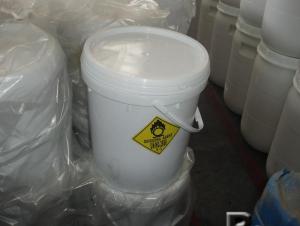Manufacturer of Carbon Black N220/N330/N550/N660 for rubber, tyre
- Loading Port:
- Qingdao
- Payment Terms:
- TT OR LC
- Min Order Qty:
- -
- Supply Capability:
- 20000mts m.t./month
OKorder Service Pledge
Quality Product, Order Online Tracking, Timely Delivery
OKorder Financial Service
Credit Rating, Credit Services, Credit Purchasing
You Might Also Like
Specifications
carbon black N220
1. Factory of carbon black N220
2. 5000MT monthly production
3. SGS, ISO Certification
Manufacturer of carbon black N220/N330/N550/N660
Product Description
CAS NO. of carbon black N220 : 1333-86-4
H S CODE: 28030000
Appearance: black powder or granules
specification of carbon black N220 :
| Items | N220 | N330 | N550 | N660 |
| Iodine Absorption Number g/kg | 121+/-5 | 82+/-5 | 43+/-4 | 36+/-4 |
| DBP Absorption Number 10-5m3/kg | 114+/-5 | 102+/-5 | 121+/-5 | 90+/-5 |
| DBP Absorption Number of Compressed Sample 10-5m3/kg | 93~107 | 81~95 | 81~95 | 68~82 |
| CTAB Surface Area 103m2/kg | 106~116 | 79~87 | 38~46 | 31~39 |
| Nitrogen Surface Area 103m2/kg | 114~124 | 78~88 | 38~46 | 30~40 |
| Tint Strength | 110~120 | 98~108 | - | - |
| Heating Loss | 3.0 | 2.5 | 2.5 | 1.5 |
| Ash | 0.5 | 0.5 | 0.5 | 0.5 |
| Tensile Strength Map≥ | -0.8 | -0.5 | -3.5 | -3.5 |
| Extension %≥ | +10 | -10 | -10 | +10 |
| Map Modulus at 300% | -2.5+/-1.3 | -1.7+/-1.3 | -1.7+/-1.3 | -3.5+/-1.3 |
Product Uses
carbon black N220 application:
Used as a black dye, it is used in the manufacture of chinese ink, printing ink, paint etc, also used in the rubber reinforcing agent.
Packaging & Shipping
in 25kg bags, 16MT loading per 20 feet container for carbon black N220.
- Q:Will the catalyst change the reaction rate in the chemical reaction?
- Many of the catalysts are specific in varying degrees, and when added to the chemical reaction system that it can catalyze, it must change the rate of chemical reaction, and of course both positively and negatively catalyzed. Chemical reaction rate, it can not be called a catalyst.
- Q:Why does the CuO catalyze the reaction rate faster and faster when catalyzing the decomposition of hydrogen peroxide or tell me how to make the catalyst catalyst faster
- CuO exothermates when catalyzing the decomposition of hydrogen peroxide, so the reaction becomes faster.
- Q:What is the chemical nature of the enzyme?
- Enzyme protein and cofactor are present in the absence of catalytic activity, only these two parts together to form a complex to show the catalytic activity of this complex called the whole enzyme. Some enzymes cofactor is the metal ion, some enzyme cofactor is Organic small molecules in these organic small molecules, where the enzyme and protein binding is called the auxiliary base; and with the enzyme protein binding was more relaxed, dialysis can be used to separate the enzyme protein is called coenzyme. There is no strict boundary between the base and the coenzyme, the role of the metal ion in the enzyme molecule, or as a component of the active site of the enzyme, or the conformation necessary to form the center of the enzyme, or between the enzyme and the substrate The same coenzyme is often able to bind to a variety of different enzyme proteins, the composition of a variety of catalytic functions of different enzymes, such as coenzyme Ⅰ (NAD +) can be a variety of enzymes, As a coenzyme for many dehydrogenases, but each enzyme protein can only bind to a specific coenzyme into a whole enzyme.It can be seen that the specificity of the enzyme is the enzyme protein part of the coenzyme in the enzymatic reaction is usually responsible for electrons, atoms Or some chemical groups to determine the nature of the reaction.In recent years, it has been found that, in addition to proteins, some RNA and DNA molecules also have a catalytic effect on the chemical nature of the enzyme is the concept of protein produced a strong impact . However, the now known enzymes are essentially protein-based, or protein-dominated core components, and the concept that the enzyme is a protein-based biocatalyst does not exclude the presence of other types of catalysts, and more precisely, Can be given to the enzyme under the definition of: the enzyme is a kind of biological activity and special space conformation of biological macromolecules, including protein and nucleic acid.
- Q:Junior high school chemistry - chemical reaction before and after the quality and chemical properties of the material must be the catalyst?
- It is not always possible that the equivalent reaction, i.e. one or more of the reactants, is the same as the relative atomic mass of one or more of the products and the coefficients in the chemical equation are the same
- Q:Manganese dioxide can be used as a catalyst for various chemical reactions
- MnO2 + 4HCl = heating = MnCl2 + Cl2 + 2HCl
- Q:Carbon dioxide and hydrogen in the catalyst and heating conditions, the reaction of water and methane, the chemical equation is what
- CO2 + 4H2 = catalyst, heating = 2H2O + CH4
- Q:i keep messing up on those 2 simple things haha i would apprecaite some help.
- A catalyst is a substance that affects the rate of a reaction. It may participate, but cannot be consumed in the reaction. For example, KMnO4 catalyzes the breakdown of H2O2 into H2O and O2. In the end, as much KMnO4 exists as did in the beginning. An enzyme is a biochemical reagent that allows an organism to convert a compound into other compounds. This is part of metabolic processes. For example, maltose (a sugar composed of a chain of two glucose molecules) can be broken down into glucose by the maltase enzyme. Unlike a catalyst, enzymes may or may not be consumed/altered in the metabolic processes.
- Q:Before and after the reaction, the chemical properties and quality of the water did not change, and the water was the catalyst
- Add the above three types to get: 3I2 + 2Al = 2AlI3
- Q:What are the catalysts that appear in the chemistry experiment?
- Oxygen Oxygen Oxygen Oxygen also used when the catalyst is manganese dioxide MnO2
- Q:The quality and nature of the catalyst before and after the chemical reaction did not change this sentence wrong? Why did the "middle school student study" say it was wrong?
- The quality and nature of the catalyst are not changed before and after the chemical reaction ... 7604
1. Manufacturer Overview |
|
|---|---|
| Location | |
| Year Established | |
| Annual Output Value | |
| Main Markets | |
| Company Certifications | |
2. Manufacturer Certificates |
|
|---|---|
| a) Certification Name | |
| Range | |
| Reference | |
| Validity Period | |
3. Manufacturer Capability |
|
|---|---|
| a)Trade Capacity | |
| Nearest Port | |
| Export Percentage | |
| No.of Employees in Trade Department | |
| Language Spoken: | |
| b)Factory Information | |
| Factory Size: | |
| No. of Production Lines | |
| Contract Manufacturing | |
| Product Price Range | |
Send your message to us
Manufacturer of Carbon Black N220/N330/N550/N660 for rubber, tyre
- Loading Port:
- Qingdao
- Payment Terms:
- TT OR LC
- Min Order Qty:
- -
- Supply Capability:
- 20000mts m.t./month
OKorder Service Pledge
Quality Product, Order Online Tracking, Timely Delivery
OKorder Financial Service
Credit Rating, Credit Services, Credit Purchasing
Similar products
New products
Hot products
Related keywords
